My first bite of Bündner Nusstorte was unforgettable. Its caramelized crust and nutty heart showed me why Graubünden is a culinary gem. This alpine region boasts six Michelin stars and 150 valleys, offering unique luxury food experiences. The mountain air is crisp, filled with scents of juniper and wood-fired bread.
Cowbells ring out near dairy farms, where they make aged cheeses. Swiss food tourism here is more than a trip; it’s a journey through history and innovation.
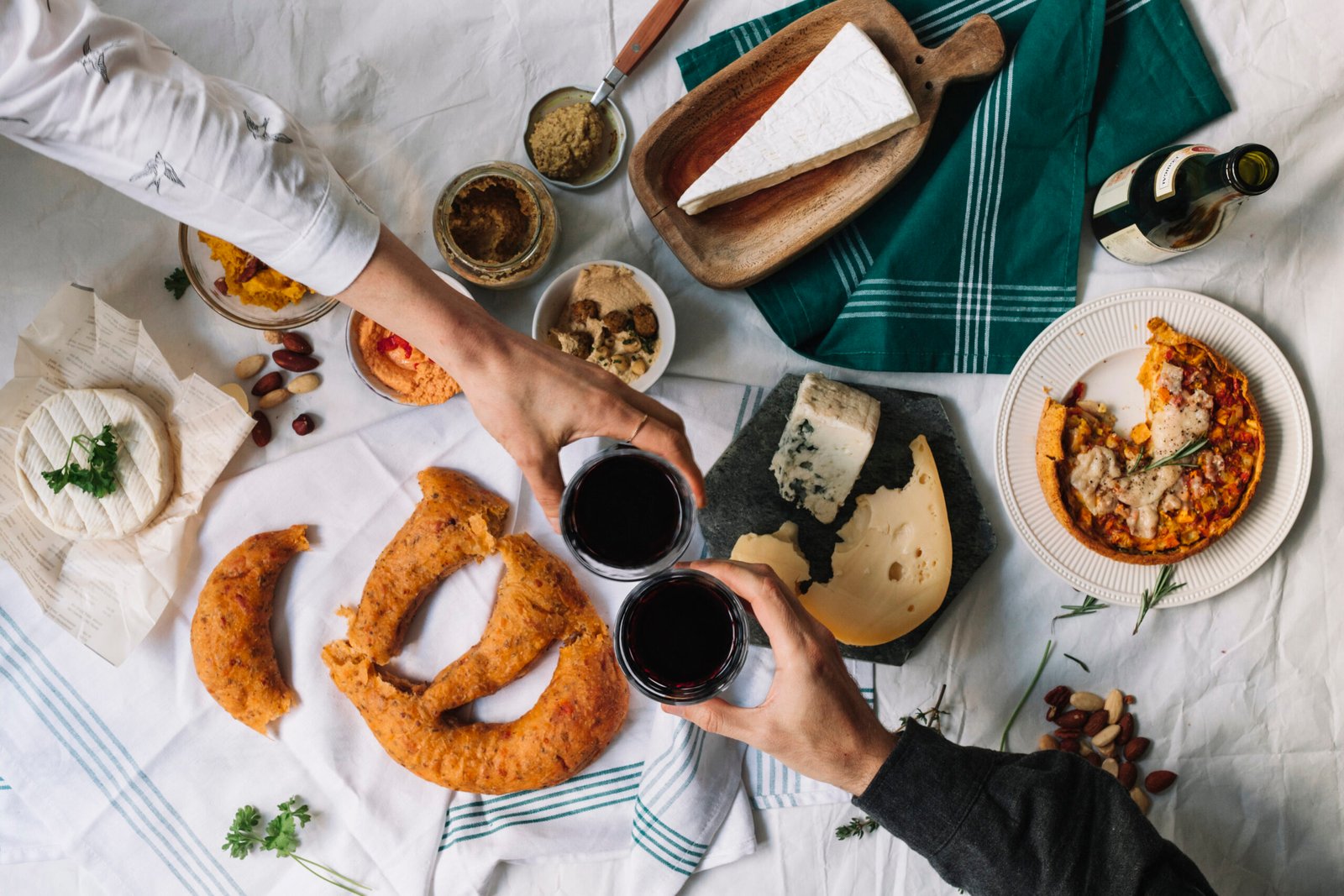
Graubünden’s food scene is a mix of rustic charm and culinary innovation. Vineyards produce rare Bündner Chasselas, and farmsteads dry prosciutto-like Speck. Each ingredient has a story to tell.
This is where luxury meets simple mountain inns. It invites you to enjoy flavors untouched by time. For those looking for more, Graubünden’s culinary travel offers a chance to explore through its landscapes and larders.
Key Takeaways
- Graubünden holds six Michelin stars across its 150 valleys, merging high-end dining with rustic traditions.
- Swiss food tourism here celebrates seasonal ingredients like maluns (stuffed chard) and aged Vals cheese.
- Alpine vineyards and mountain pastures shape the region’s unique Switzerland gastronomy.
- Luxury food destinations like St. Moritz’s Michelin-starred restaurants coexist with family-run dairy cooperatives.
- Graubünden culinary travel offers hands-on cheese-making and foraging adventures alongside fine dining.
Discovering Switzerland’s Hidden Culinary Gem
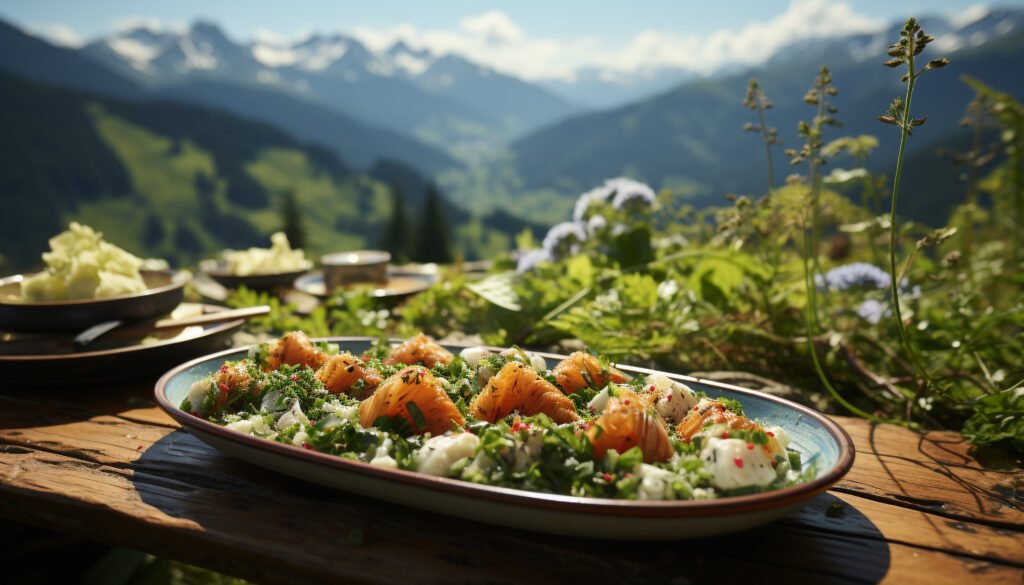
Walking through Graubünden’s valleys, I felt the pulse of a place where every dish tells a story. This Swiss food region defies expectations. It blends Alpine cuisine traditions with flavors from neighboring cultures. Located at the crossroads of Switzerland, Italy, and Austria, its gastronomy is a living mosaic of heritage and innovation.
Why Graubünden Stands Apart in Swiss Gastronomy
What makes Graubünden unique? Its vast landscapes offer ingredients shaped by altitude and microclimates. Think herbs foraged in hidden valleys or cheeses aged in mountain huts. This diversity, paired with influences from three nations, creates dishes that are distinctly its own. For travelers craving authenticity, Epicurean Escape reveals how its menus balance simplicity and sophistication.
The Region’s Unique Food Heritage
Traditional Swiss food here thrives in techniques forged by necessity. Visit a farmhouse where families still air-dry prosciutto-like Speck or hand-roll Capuns—chard-stuffed pasta bundles simmered in broth. These methods, passed through generations, now captivate chefs worldwide. A visit to a cheese cellar reveals wheels of Sbrinz, the oldest Swiss cheese, aged to nutty perfection.
A Brief History of Graubünden’s Culinary Evolution
“Culinary survival became art,” said a local historian, explaining how scarcity birthed creativity.
From humble shepherd’s meals to Michelin-starred plates, Graubünden’s journey reflects its transformation. The 19th century’s Grand Tour brought elites to St. Moritz, turning rustic Maluns (potatoes with cheese) into refined dishes. Today, this Graubünden gastronomy history is both a tribute to the past and a gateway to innovation.
Planning Your Culinary Travel to Graubünden
Start your journey here. Graubünden’s flavors are worth planning for. From wild herbs to Pinot Noir, every bite is special.
Best Seasons for Food-Focused Visits
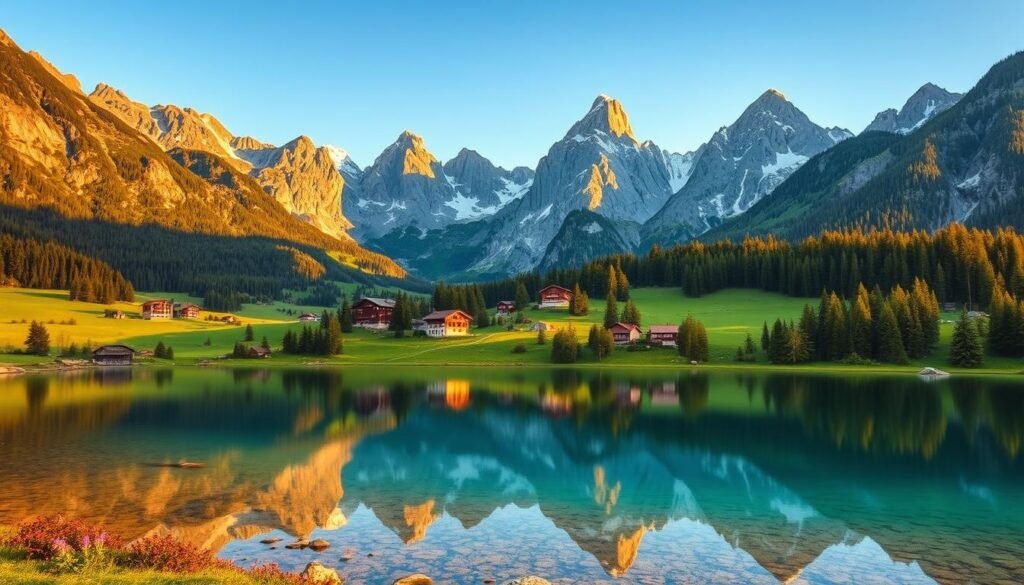
Seasons change the taste. Best time to visit Graubünden depends on what’s in season. Summer is for alpine cheese and herbs. Autumn brings game feasts at Chalandamarz festivals.
Winter is for fondue under snow. Spring is for asparagus and quiet trails. It’s perfect for Switzerland food tours without the crowds.
Getting to Graubünden from the United States
- Fly nonstop to Zurich from NYC, Chicago, or Los Angeles.
- Rail connections from Zurich to Chur or St. Moritz via Glacier Express (4½ hours).
- Swiss Travel Passes offer 30% savings on trains and priority access to Michelin-starred reservations.
Creating a Food-Centric Itinerary
Plan your Swiss food itinerary around your tastes:
- 3-day escape: Base in St. Moritz for IGNIV’s tasting menus and Capun cooking classes.
- 5-day journey: Pair maluns (chard-stuffed churvas) in Val Müstair with wine trails in Bündner Herrschaft.
- 10-day adventure: Traverse valleys, ending with Bündner Nusstorte at historic inns.
Balance fancy meals with cozy taverns. A local sommelier’s tip:
“Pair crisp Engadin air with late-harvest wines—your palate will thank you.”
Every path in Graubünden has a story. Let your Graubünden travel planning focus on unforgettable experiences.
The Six Michelin Stars That Define Excellence
Walking through Graubünden’s crisp mountain air, the six Michelin stars shine brightly. These restaurants, set among Alpine peaks, blend tradition with innovation. They show how chefs turn local herbs and grains into luxury Swiss cuisine.
“The land’s bounty is our pantry,” says one chef, embodying Graubünden’s kitchen ethos. Each dish is a journey, like venison glazed with local honey or polenta with Engadin stone pine. Plan your journey to experience these moments where heritage meets haute cuisine.
In St. Moritz, the heart of Graubünden fine dining, these restaurants create dishes that reflect the region’s soul. From truffle-infused fondue to trout from glacial streams, every element shows a commitment to place. The St. Moritz restaurants don’t just serve meals; they create sensory experiences that stay with you.
Behind the scenes, there’s a purpose: zero-waste practices, local farmer partnerships, and seasonal menus. Tasting these stars is to taste Switzerland’s promise to innovate while keeping its roots. Each star is not just an award; it’s a sign of a culinary philosophy that values the valley and the plate equally.
Navigating Graubünden’s Michelin-Starred Restaurants
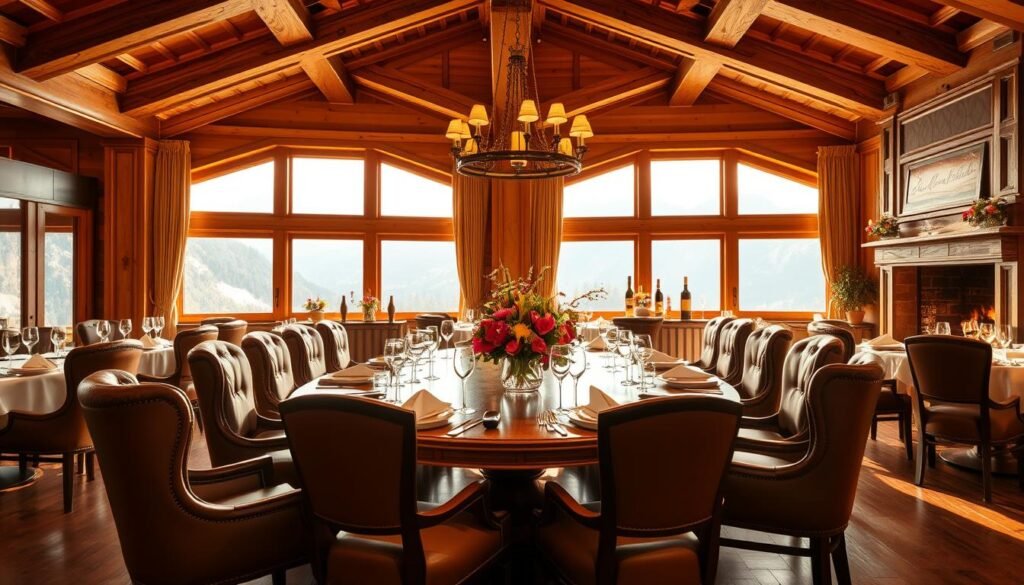
Start your journey through St. Moritz’s top dining spots. Each Michelin-starred restaurant tells a unique part of Switzerland’s food story. From the fresh mountain air to the warm glow of candlelight, these places turn meals into memorable experiences.
Restaurant da Vittorio – St. Moritz (2 Stars)
Da Vittorio brings a taste of Venice to St. Moritz. Try the crudo di pesce with fresh seafood. It’s like a taste of the Mediterranean, but with an Alpine twist. The art deco decor matches the chef’s skill, showing years of excellence.
IGNIV by Andreas Caminada – St. Moritz (2 Stars)
Andreas Caminada’s IGNIV is all about sharing. The menu is like a musical journey, with dishes like smoked quail and caviar pasta. The open kitchen shows his bold yet traditional cooking style. Here, diners are part of the culinary conversation.
Ecco – St. Moritz (2 Stars)
Ecco’s simple look hides its depth. The daily tasting menu might include langoustine with spruce tips. The sommelier’s wine choices add to the feast, making each bite a poem for your taste buds.
Making Reservations and Budgeting for Fine Dining
Booking a Michelin-starred meal in Switzerland needs planning. Start looking six months early for winter. Tasting menus cost around CHF 300–500 per person, without wine. For more dining tips, check Epicurean Escape’s guides on local food adventures. Dress codes are mostly elegant casual, but some nights are black-tie.
Beyond Michelin: Authentic Mountain Gastronomy
Graubünden’s true soul shines in its rustic Swiss mountain restaurants. These historic alpine dining experiences blend old traditions with fresh mountain air. They serve dishes like fire-smoked meats and stews cooked over flames. These places are more than food; they’re family treasures passed down through time.
Historic Mountain Inns and Their Signature Dishes
Imagine the Chesa Steiner in Val Müstair, where pine smoke fills the air. They serve Bündnerfleisch roasted for 12 hours. At Berggasthof Riet, chefs offer herb-crusted maluns with local apple cider. These Swiss mountain restaurants feel like museums, with stone walls and menus from the 1800s.
Farm-to Table in the Alps
The land is key to these meals. Visit Alpkäserei Albula to see cheese making in the morning mist. Epicurean Escape’s trips include farm stays where you make rösti dough and forage herbs. These alpine dining experiences make you part of the local food story.
Celebrating Seasons Through Festivals
- Chalandamarz: Masked parades end with communal polenta feasts in early spring
- Autumn’s game dinners featuring venison ragouts in Engadin’s traditional Graubünden food style
- Winter’s chestnut harvest festivals with honey-glazed roasts
These Swiss food festivals are more than events; they’re community gatherings. Visitors become part of the family at the table.
Exploring the Valleys: A Culinary Road Trip
Starting a Graubünden culinary journey on Swiss valley tours opens up a world of flavors. These flavors come from centuries of cultural mixing. My travels through the canton’s valleys mix stunning views with delicious meals.
Imagine enjoying pinot noir in Bündner Herrschaft’s sunny vineyards. Or tasting maluns (stuffed chard rolls) in Surselva valley. This is what makes food trails Switzerland so special.
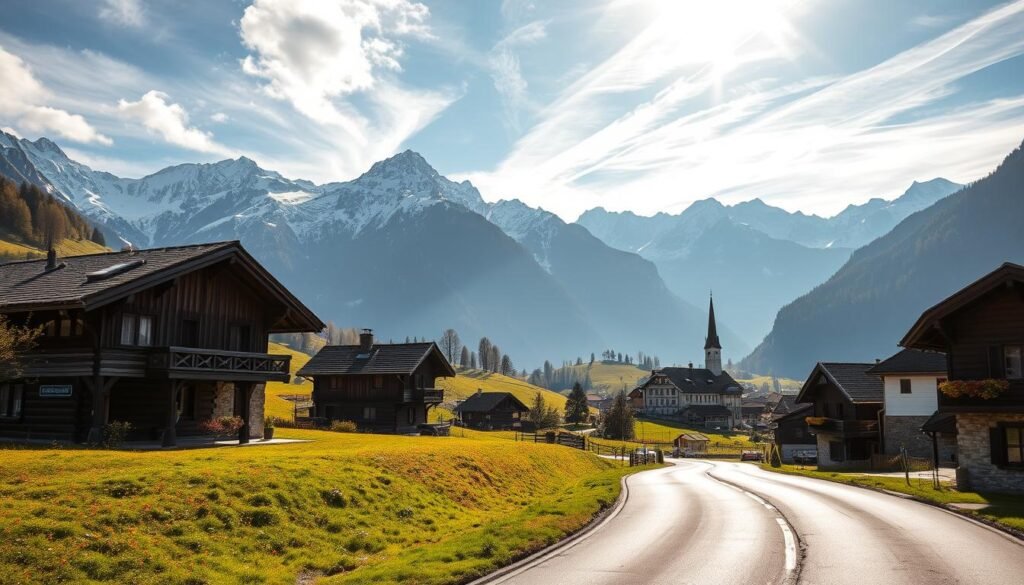
My top Swiss road trip itinerary covers five valleys. Each valley has its own unique taste:
| Valley | Flavor Profile | Must-Try |
|---|---|---|
| Bündner Herrschaft | Wine-centric elegance | Pinot noir pairings at Vinschgau vineyards |
| Surselva | Herb-infused simplicity | Maluns at Segantin’s market |
| Poschiavo | Mediterranean-alpine fusion | Lavender-infused olive oil tastings |
| Avers | Smoky, hearth-cooked traditions | Älplermagronen at remote mountain inns |
| Engadine | Crisp lake-air freshness | Rösti with Fontina cheese in St. Moritz |
My advice: Take 8–10 days for this trip. Drive slowly to enjoy the views. Stop at Chäserax in Val Müstair for cheese-making workshops.
Remember to pack layers. The weather can change quickly, even in summer.
Every turn in the road offers a choice between tradition and new flavors. This is a journey of food, not just a place to eat.
Must-Try Traditional Dishes of Graubünden
In a sunlit bakery in Scuol, a baker was making a Bündner Nusstorte. The smell of toasted walnuts and caramelized sugar filled the air. These dishes are more than food; they’re stories in every bite.
Bündner Nusstorte: The Iconic Sweet Treat

The nut tart’s recipe comes from Alpine ingenuity. It uses walnuts and honey stored through winters. The caramelized crust reveals layers of toasted nuts and spiced dough.
In Thusis, a family-run bakery adds cinnamon. Chur’s version has darker chocolate notes. Try it at Conditorei Züger or Bäckerei Schärer. Their recipes tell stories of survival and celebration.
Capuns, Maluns, and Pizokel: Mastering Local Specialties
- Capuns: Savoyard chard wraps stuffed with fontina and herbs, simmered to tender perfection. Try them at Ristorante Alpina in Val Müstair, where the broth simmers over open hearths.
- Maluns: Crispy potato pancakes golden with caraway seeds, best at autumn markets like Chur’s Herbstmarkt.
- Pizokel: Buckwheat noodles served with cheese fondue, a hearty dish at rustic Stube taverns.
Alpine Cheese and Dried Meats: The Staples of Mountain Cuisine
Swiss Alpine cheese like Valsasca is aged in mountain huts. It has a tangy earthiness. At Käserei Oberhalbach, cheesemakers still use copper cauldrons.
Nearby, Bündnerfleisch—air-dried beef cured with juniper—hangs in curing rooms for months. A cheesemaker once told me,
“Our cheeses taste of altitude and patience.”
Tasting these staples at aSpezialitätenladen reveals flavors forged by centuries of alpine life.
The Wine Regions of Graubünden
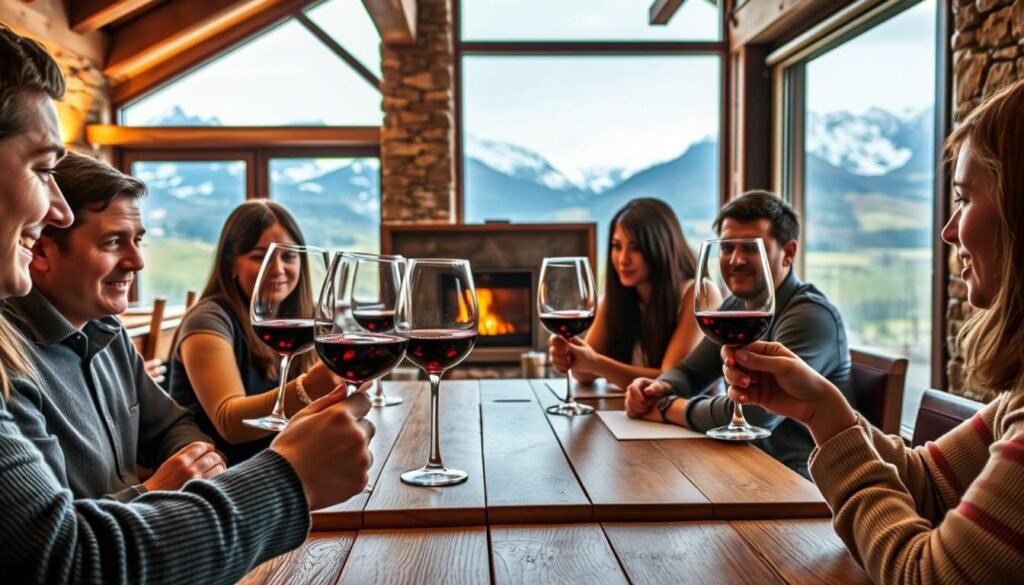
Graubünden’s wine regions are a surprise for those who think of Switzerland as just cheese and chocolate. My first taste of Swiss Pinot Noir from the Bündner Herrschaft vineyards changed my mind. It was smooth, with hints of the alpine sun.
This area’s wines are as complex as its history. Family estates like culinary gems dot the valleys.
Bündner Herrschaft: Switzerland’s Premier Pinot Noir
The northern Bündner Herrschaft district makes 60% of Switzerland’s Pinot Noir (Blauburgunder). The soil adds minerals to each bottle. At Weingut Oberstein, I saw winemakers from the fourth generation.
They make wines that are both tangy and full of wild berry flavors. Their 2020 vintage is perfect with local game dishes.
Wine Tasting Routes and Vineyard Tours
Start your Swiss wine tours on three special routes:
- Classic Route: 12 historic estates with guided cellar visits
- Family Trail: Hands-on pressing experiences at organic wineries
- Discovery Loop: Evening tastings with local charcuterie boards
Pairing Local Wines with Regional Cuisine
A Graubünden wine tasting isn’t complete without trying:
| Wine | Signature Pairing |
|---|---|
| Completer white | Smoked Bündnerfleisch with herb butter |
| Pinot Noir | Capuns stuffed with Fontina cheese |
| Edelweiss sparkling | Bündner Nusstorte |
Every sip here tells a story. It’s about rocky soils, old traditions, and grapes grown where mountains meet vineyards. These wines are best enjoyed under the alpine sun.
Hands-On Culinary Experiences
Imagine shaping dough in a sunlit Alpine kitchen or gathering wild herbs with locals. Graubünden’s culinary workshops make diners active in its food traditions. From Swiss cooking classes in rustic mountain villages to Graubünden culinary workshops, these experiences are a sensory journey.
- Baking with Bündner Masters: Learn to craft buttery Bündner Nusstorte in family-owned bakeries with recipes spanning three generations.
- Foraging Expeditions: Join Graubünden culinary workshops that teach you to identify edible plants and mushrooms. Then, use them to cook hearty stews.
- Alpine Cheese Crafting: Participate in cheesemaking sessions at high-altitude dairy farms. Learn techniques unchanged for centuries.
“The secret’s in the slow simmer—the broth must whisper the valley’s history,” said one cheese maker during my hands-on lesson. Such moments reveal how traditional Swiss cooking is both technique and storytelling.
Many food experiences Switzerland are for all skill levels. A two-hour Swiss cooking classes session in Chur teaches basics of traditional Swiss cooking like capuns. Multi-day workshops in Scuol immerse you in sausage-making rituals. Costs range from $80 for half-day classes to $300 for full-day expeditions. Book six months ahead for popular Graubünden culinary workshops.
These experiences aren’t just recipes—they’re bridges to the region’s soul. Returning home, you carry not just a jar of herb salt but the confidence to recreate mountain flavors. This ensures Graubünden’s culinary spirit lingers long after the journey ends.
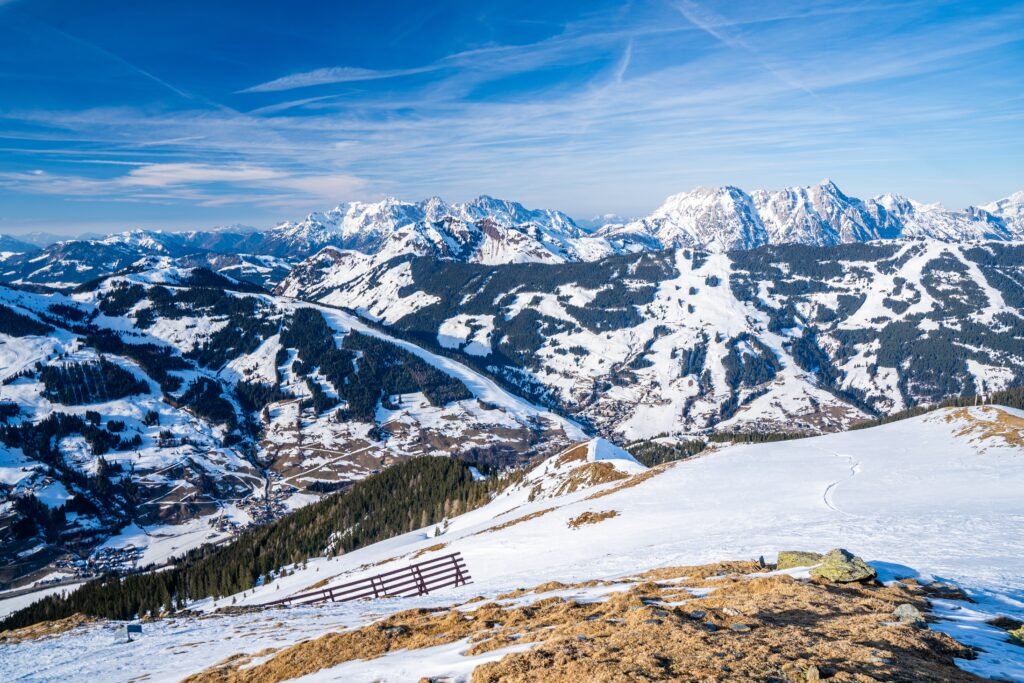
Bringing Graubünden Home: Culinary Souvenirs and Recipes
Take a piece of Graubünden’s kitchens home with you. These tips and resources help turn memories into meals. They connect alpine traditions with your daily cooking.
Specialty Food Shops and Markets
Visit markets like Chur’s Wochenmarkt and Davos shops for Swiss food souvenirs. Find vacuum-packed Bündnerfleisch or aged cheeses. When importing Swiss specialties, pick sealed jars of nusstorte that travel well.
Make sure to check USDA guidelines to avoid banned items like raw milk cheeses. My favorite spot is the Markthalle St. Moritz for export-ready goods.
- Choose tinned meats to avoid freshness issues
- Wrap cheeses in parchment paper for air
- Ask for recipe cards at shops for authentic cooking
Cookbook Recommendations and Online Resources
The Graubünden cookbook by Ursula Ammann mixes tradition with modern cooking. Pair it with Epicurean Escape’s blog for ingredient swaps. German-language books like Bündner Küche offer vibrant photos—no translation needed for the steps.
“A nusstorte made with 70% cocoa captures the region’s balance of bitter and sweet.” — Chef Marco Lüchinger, St. Moritz
Recreating Graubünden Flavors in Your Kitchen
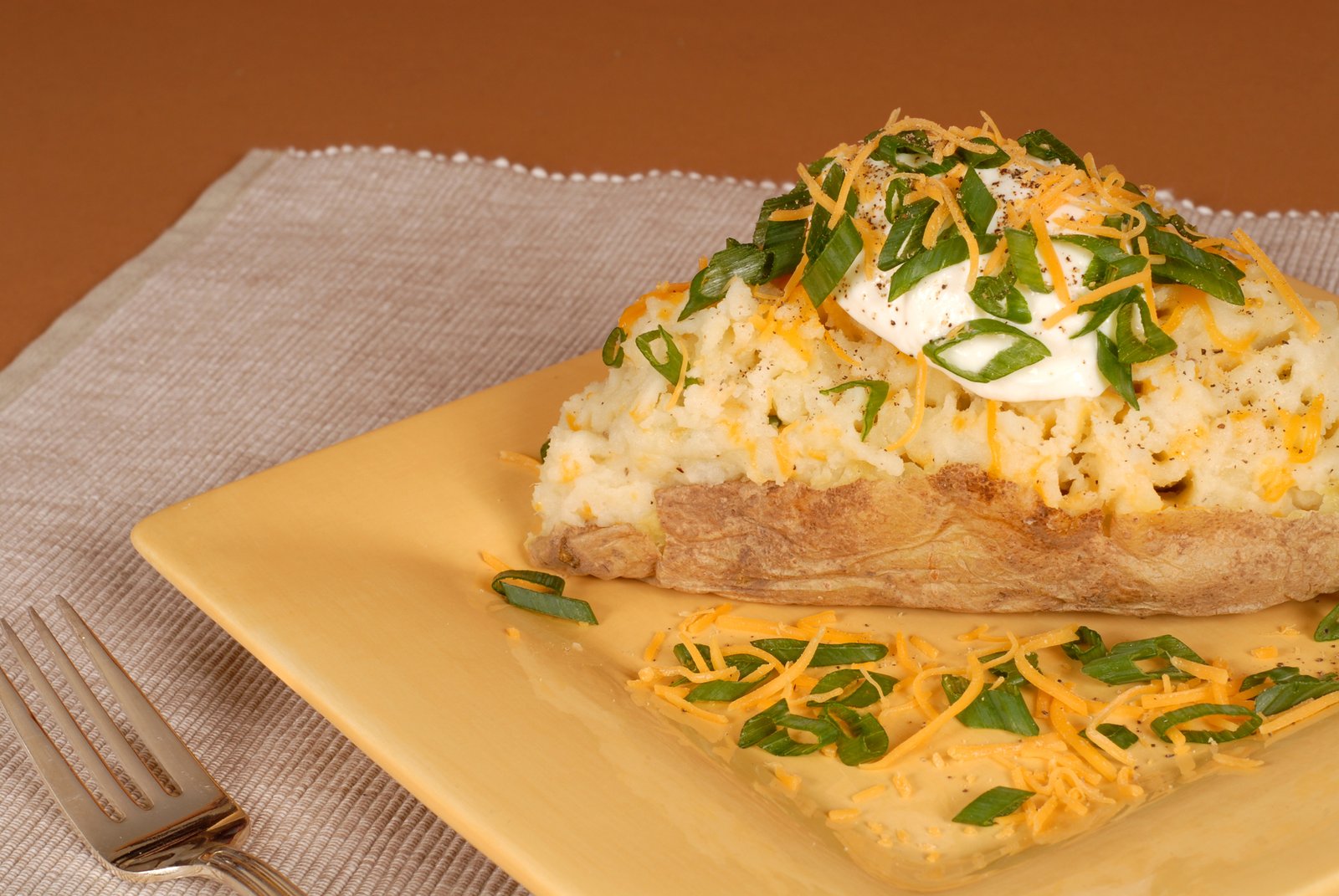
Adapt Swiss recipes at home with local ingredients. My Capuns use spinach instead of Swiss chard, cooked in herb broth. For maluns, russet potatoes work well with a potato starch coating. Use cultured cream cheese as a butter substitute for Alpine dairy notes.
- Swap European butter with cultured butters for depth
- Use dried herbs like thyme to mimic mountain air freshness
- Pair dishes with Pinot Noir from the Bündner Herrschaft region
Conclusion: Why Graubünden Deserves a Place on Every Culinary Traveler’s Bucket List
In the world of Alpine food travel, Graubünden is a standout. It offers Michelin-starred meals and cozy mountain inns. Here, maluns cook over open flames, and pizokel noodles are made by skilled chefs.
This place is more than a spot to visit. It’s a discovery for those who love food and tradition. It shows how old ways can meet new ideas.
Strolling through St. Moritz’s IGNIV or enjoying Bündner Nusstorte in a market, you dive into Swiss cuisine. You taste fresh char from local lakes and aged Sbrinz cheese. You also hear stories from farmers about their dried meats.
Graubünden’s charm is in its mix of fine dining and simple farm life. It’s a place where every meal has a story. Chefs and artisans here show Switzerland’s love for detail and passion.
For those tired of fast, same-old food experiences, Graubünden is a breath of fresh air. It’s a place where every meal is a journey. Before it becomes too famous, now is the time to explore it. Start your next adventure where the Alps meet the art of dining.


